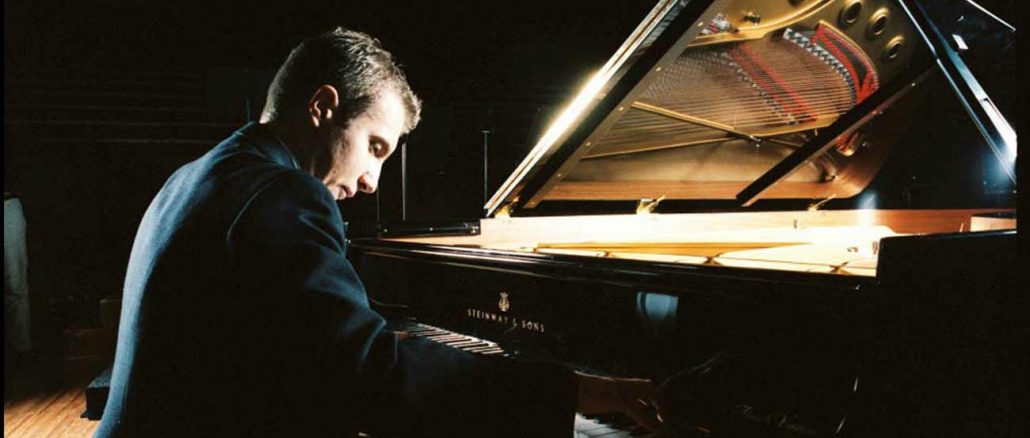
Alexander Gavrylyuk returned to the Miami International Piano Festival for the first time since 2007 in an impressive recital Sunday afternoon at the Aventura Arts and Culture Center. Now in the midst of a busy international career and artist residency at upstate New York’s Chautauqua Institution, Gavrylyuk emerged as a less impulsive, more seasoned and polished artist.
Ferrucio Busoni’s transcription of Bach’s Toccata and Fugue in D minor, the concert’s opener, recalled a bygone era when Bach’s organ works were frequently arranged for the piano. Gavrylyuk played the iconic opening chords with restraint before thundering through Busoni’s dynamic reinvention of the initial toccata. In the fugue, Gavrylyuk’s wide range of tonal colors complemented his clear articulation of the multiple voices. The volume of Busoni’s climaxes nearly matches that in Stokowski’s orchestral transcription of the score but the keyboard writing is often remarkably effective in its translation of the organ registrations. While Gavrylyuk seized the opportunities for sheer bravura display, in a surprise turn, he concluded the work in a quiet manner.
The Bachian aura seemed to carry over into the opening movement of Haydn’s Sonata in B minor which seemed more Baroque than classical in stylistic expression. Gavrylyuk’s feathery touch and delicate filigree enhanced the graceful theme of the Menuet before the rumbling storm of the central section. His rapid tempo and big-boned approach to the final Presto created the kind of excitement that Haydn could hardly have imagined with the limited resources of the fortepiano for which he created the work.
Six of the Chopin Etudes, Op. 10, displayed the pianist’s more lithe side. He maintained a flowing line while bringing out the melodies beneath these the technical hurdles of these vignettes. The arpeggiated Etude No. 11 in E-flat Major was playful and he put the revolution back into the Revolutionary Etude (No. 12 in C minor). That work’s opening chords emerged almost shocking and Gavrylyuk’s percussive power at a relentless pace seemed almost improvisatory and made a stunning effect.
The opening of Scriabin’s Sonata No. 5, which began the program’s second half, seems to emanate from some lower depths. This 1907 work fits Gavrylyuk like a glove with its wild and unhinged creative invention. Quieter, more lyrical sections were exquisitely rendered. The scherzo-like section was turned into a crescendo of tone and decibels yet carefully controlled. While Gavrylyuk reveled in the knuckle-busting octaves at top speed, he drew sumptuous sounds from the Steinway in the moments of romantic nostalgia.
While Scriabin and Rachmaninoff were childhood friends, they could hardly have been more different in their creative impulses. While Scriabin explored new vistas of atonality and mysticism, Rachmaninoff was an unabashed romantic in the Tchaikovsky tradition. in three of his Preludes, Op. 23, Gavrylyuk offered a refreshing alternative to the overt bombast of some interpreters. The Prelude is F-sharp minor was properly moody and brooding but almost classical in song-like phrasing and sonority. Alternations of soft and bolder dynamics suggested the very Russian tolling of bells in the Prelude No. 2 in B-flat Major, which Gavrylyuk shaped almost like a tone poem. Only in the Alla Marcia of the Prelude No. 5 in G minor did he throw caution to the winds with a blazing demonstration of pounding thrust and technique.
Rachmaninoff’s Sonata No. 2 was launched at full force in a reading that made no apologies for Rachmaninoff’s overwrought excesses of explosive motifs and heated passion. Gavrylyuk brought shaded hues and refined beauty to the second movement’s rhapsodic melody. After a long and difficult program, he still had the reserves of strength for the martial eruptions of the concluding Allegro molto. The score’s climactic moments recall the ending of Rachmaninoff’s Piano Concerto No. 3 and Gavrylyuk drew out the rich tonal blocks of sound to a resounding ovation.
An encore of the opening section of Schumann’s Kinderszenen was played with lieder-like intimacy, providing the quiet after the Rachmaninoff storm.
The 330-seat Aventura Center is an outstanding concert venue. The elegant, chandeliered auditorium offers a clear acoustic and sight lines are excedllent in the intimate space. While the hall’s programming skews toward pop and theatrical attractions, other area classical groups may find it to be an inviting venue.
The Miami International Piano Festival presents Andrew Tyson playing works by Scarlatti, Mompou, Albeniz and Ravel 7:45 p.m. Saturday at the Colony Theater in Miami Beach. miamipianofest.com

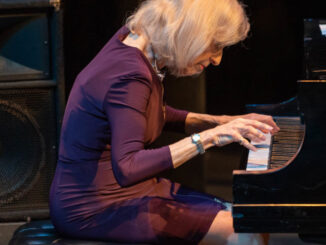
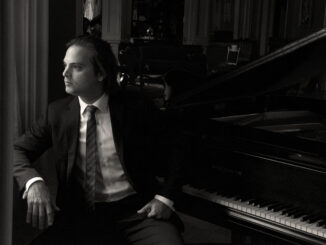
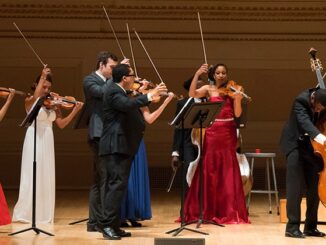
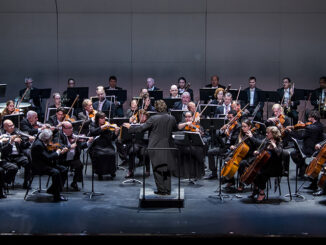
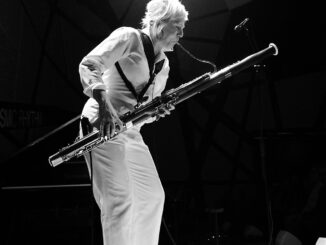
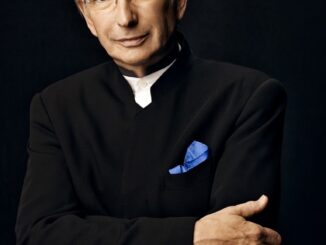
Be the first to comment